Dallas Love Field Crossfield Taxiway Replacement
Increasing efficiency and laying the groundwork for the future
Airport Business 2025 Project of the Year
The Dallas Love Field Crossfield Taxiway Replacement project replaced existing midfield taxiways with two dual crossfield taxiways aligned perpendicularly to Runways 13R-31L and 13L-31R. Garver provided engineering design services, optimizing the layout for aircraft movements and expanding the amount of on-airport property suitable for development.
The project’s unique geometric complexities and large number of airport, airline, and tenant stakeholders inspired Garver to create an innovative design presentation method: Garver developed seven possible configurations and presented them using an interactive Power BI dashboard, which allowed shareholders to visualize each alternative and understand its budget and schedule impacts.
This approach simplified decision-making, enabling stakeholders to select the configuration that best balanced immediate needs with future airfield development. The selected configuration improved pilot situational awareness, and therefore overall safety, by eliminating nonstandard taxiway angles. The layout also reduced the amount of time aircraft spend taxiing to the runway by making aircraft taxi movements more efficient.
Garver also worked with stakeholders to provide a centralized deicing pad as well as stormwater detention areas to mitigate existing flooding. Other key project elements included completion of the airport’s perimeter road and establishment of a new utility corridor to serve future aeronautical development.
The transformation of Love Field’s taxiways sets the stage for the airport’s continued growth. The reconfigured area will allow for the construction of a new aircraft rescue and firefighting (ARFF) station and 14 acres of development space for future maintenance, repair, and operations (MRO) facilities and general aviation developments.
Airport Business honored this project as a 2025 Project of the Year, recognizing its innovative approach to airfield reconfiguration and transformational impact on the industry.
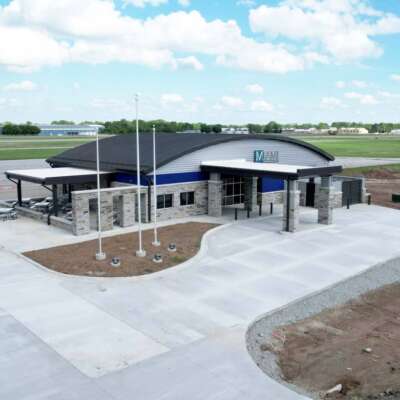
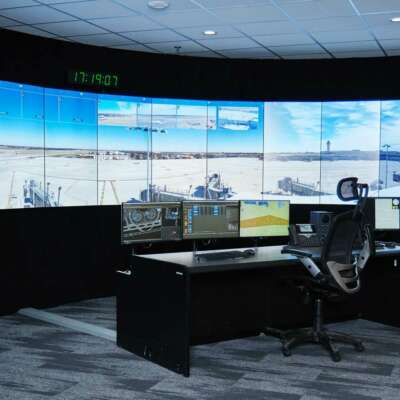
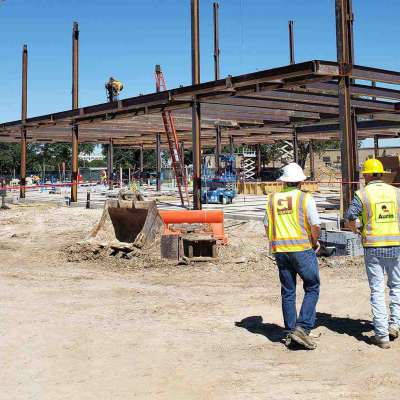
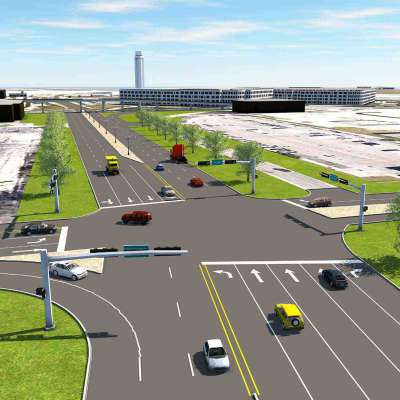




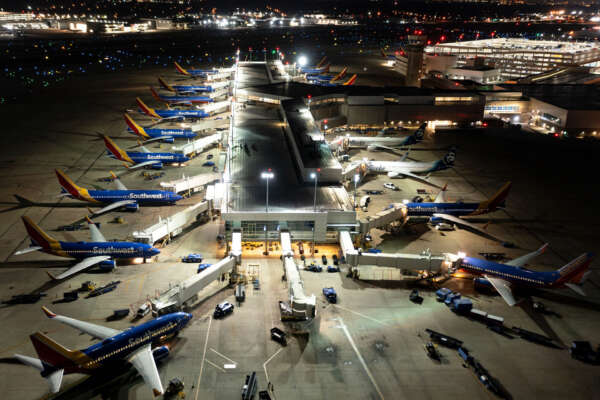
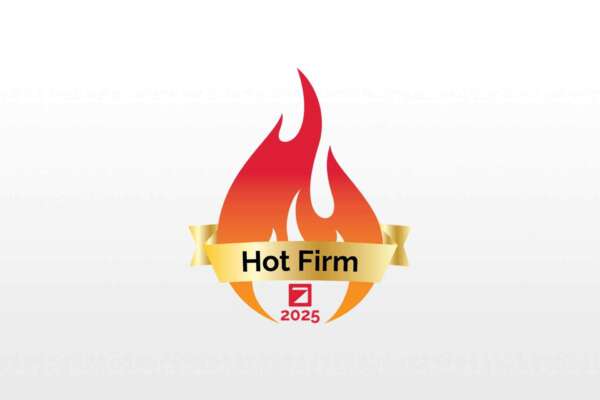



Share this article